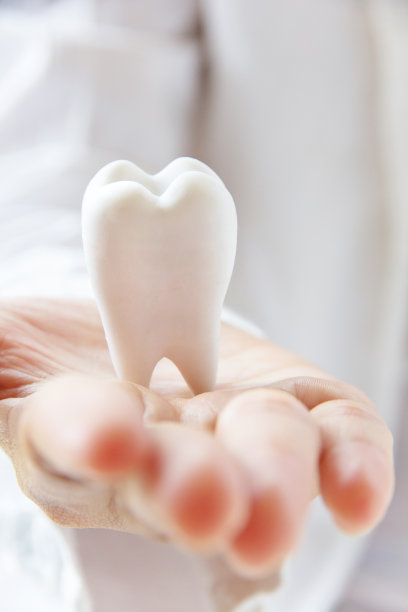Essential Guidelines to Follow Before and After Receiving a Dental Filling for Optimal Oral Health and Comfort
Summary: Dental fillings are crucial for restoring the functionality and appearance of damaged teeth. However, ensuring optimal oral health and comfort involves more than just the procedure itself. This article outlines essential guidelines to follow before and after receiving a dental filling. We will cover the importance of pre-appointment preparation, post-treatment care, dietary considerations, and noting any complications. Each section provides practical advice to maximize comfort and maintain good oral hygiene, ultimately promoting a healthier smile.
1. Importance of Pre-Appointment Preparation

Before attending your dental filling appointment, adequate preparation is key to ensuring a smooth experience. First and foremost, inform your dentist about any medications you are currently taking or allergies you may have. This information is crucial for avoiding any adverse reactions during the procedure.
Additionally, consider discussing your dental anxiety with your dentist. They can recommend strategies or sedation options to help you feel more comfortable. Being mentally prepared can significantly ease any apprehensions you may have about the procedure.
Finally, its advisable to arrange for transportation if you’re receiving sedation. Having someone to drive you home will allow you to focus on recovery, eliminating any stress about transportation post-treatment.
2. Essential Post-Treatment Care Steps
After receiving a dental filling, your dentist will provide specific aftercare instructions. It’s crucial to follow these recommendations closely to ensure optimal healing. For instance, you may experience numbness following the procedure, which can last for several hours. During this time, avoid chewing on that side of your mouth to prevent accidentally biting your cheek or tongue.
Moreover, it is important to maintain a good oral hygiene routine. Gently brushing your teeth twice a day and flossing can help keep the filled area clean, reducing the risk of infection. Be cautious around the filling when brushing, as excessive force may displace the filling or cause discomfort.
Should you experience prolonged pain or sensitivity to hot or cold, reach out to your dentist for advice. These symptoms may indicate issues with the filling that need to be addressed promptly. Consistent communication with your dental professional ensures any problems are resolved swiftly.
3. Dietary Considerations After Filling
Your diet following a dental filling plays a vital role in the healing process. Initially, stick to a soft food diet that minimizes pressure on the filling. Foods such as yogurt, mashed potatoes, and smoothies are excellent options that provide nourishment without discomfort.
As your mouth begins to feel better, gradually reintroduce a normal diet but stay mindful of temperature extremes. Hot foods and beverages can lead to discomfort if your tooth is sensitive, so it may be best to wait a few days before resuming your usual intake.
Additionally, refrain from consuming sticky or hard foods for at least a week. Items like gum, hard candies, or crunchy snacks could dislodge the filling. By choosing your meals wisely, youll promote a smoother recovery and minimize the risk of complications.
4. Recognizing Complications After Treatment
Awareness of potential complications after receiving a dental filling is crucial for ensuring long-term success. Pay attention to any unusual symptoms such as persistent pain, swelling, or discoloration around the filled tooth. These could be signs of infection or improper fitting, necessitating prompt consultation with your dentist.
In some cases, the biting surface of the new filling may feel uneven, causing discomfort or sensitivity. If you notice this, inform your dentist so they can adjust it for a proper bite alignment. This is especially important as misalignment can lead to further dental issues if left untreated.
Lastly, maintain regular dental check-ups following your filling procedure. Routine exams allow your dentist to monitor the filled tooth and surrounding areas, ensuring everything remains in good health. Early detection of potential complications leads to better outcomes and continued oral health.
Summary: Following these essential guidelines before and after receiving a dental filling can significantly impact your overall oral health and comfort. From proper preparation to dietary considerations and recognizing potential complications, every step contributes to a successful dental experience. Maintaining open communication with your dentist is crucial for addressing any concerns that might arise during your recovery. By following these recommendations, you will be well on your way to achieving optimal oral health and a confident smile.
This article is compiled by Vickong Dental and the content is for reference only.


